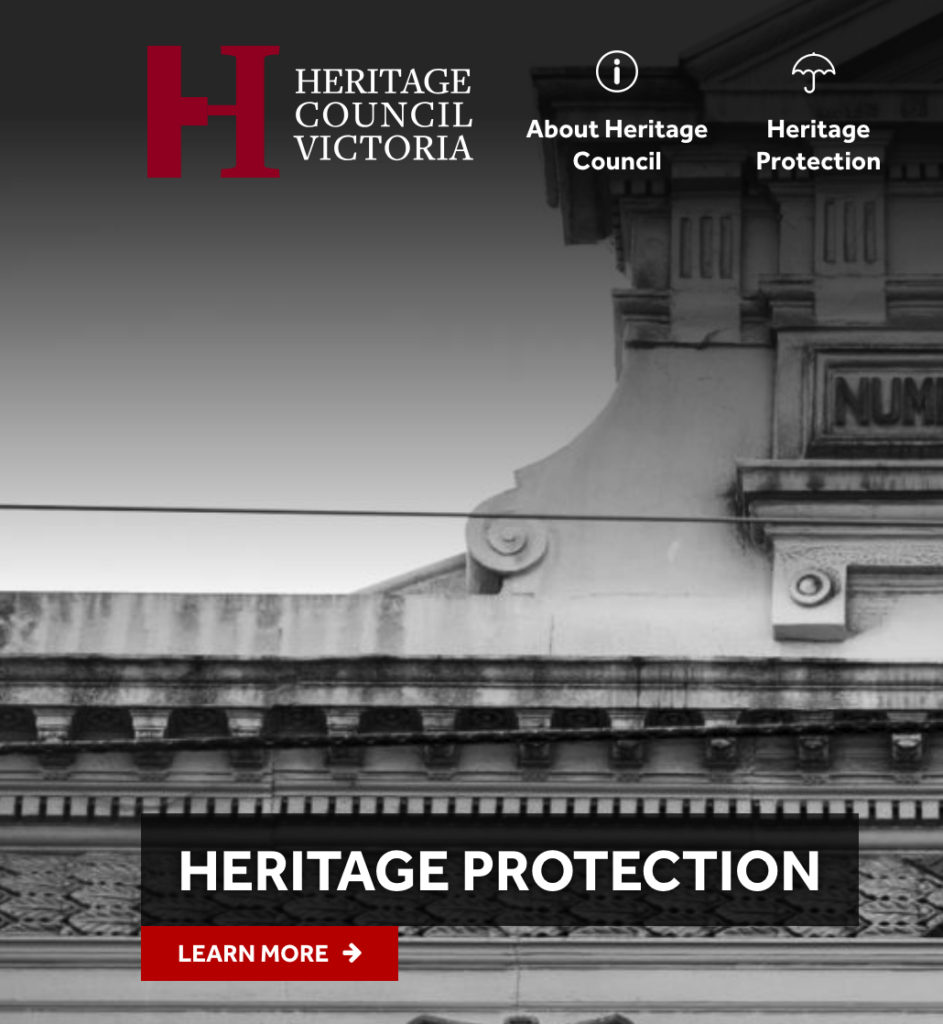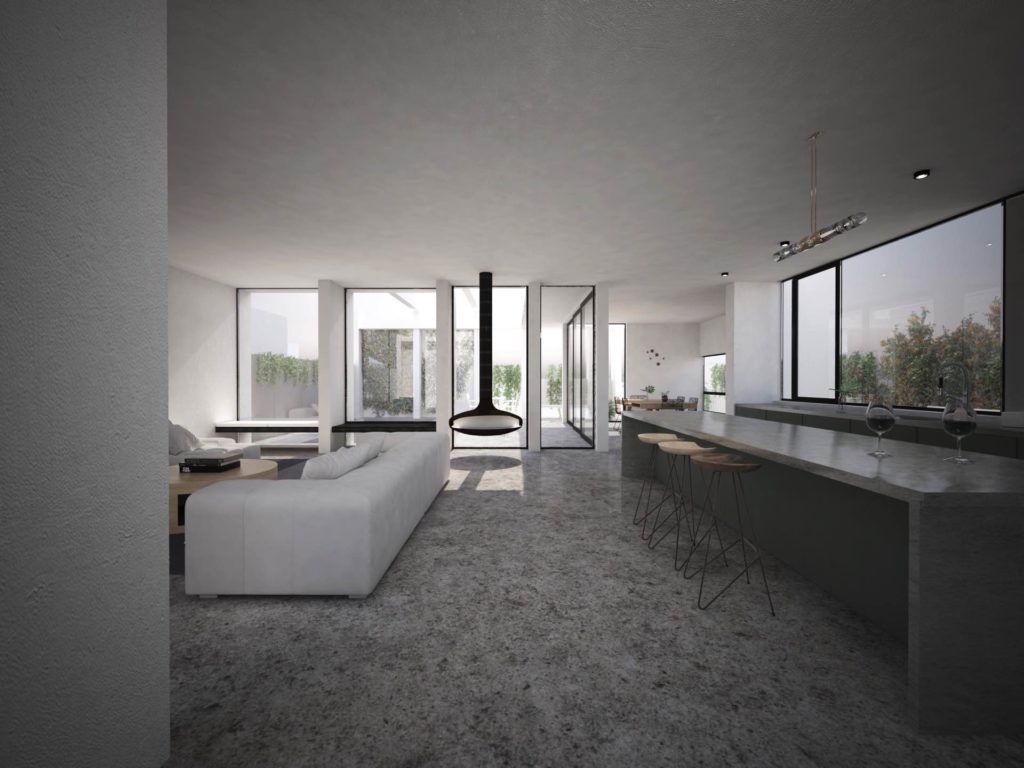What are the 5 principles of heritage renovation

Our approach to a Heritage renovation involves the act of restoring and repurposing old buildings of historical or cultural significance to serve modern-day functions, while retaining their original heritage features and character.
Unlike a regular renovation which focuses largely on functionality and suiting our aesthetic, a heritage renovation places emphasis on conservation, preservation and adaptive re-use of a heritage place in a sensitive and respectful way.

1. Understand why the place is important.
First, our approach to restoration involves understanding what is significant in the place; The Heritage Council of Victoria has guidelines and criteria for this; the place could have importance to Australia’s cultural history, have rare features, possess information to help explain our history, demonstrate characteristics of a particular type of place, possess particular aesthetic qualities, demonstrate highly technical achievement for its time, have significant association with a present-day cultural group, be associated with the life and achievements of a particular person in history.

2. Restore, don’t replace
When embarking on heritage renovation works, a common saying used in the industry is, ‘as little as possible, as much as necessary’. First we peel away the layers of the building that do not contribute to the significance of the heritage place. Then, we restore the parts that have been damaged to slow their further deterioration and to preserve the history of the place as much as possible. This includes features like the exterior façade, original windows and doors, interior finishes, ornate plasterwork and decorative elements. Replacing original features with new diminishes the building’s heritage value significantly. If replacing or reinstating removed elements, it should be identical to avoid conjecture, and preferably from the same period; there are salvage yards that will likely have an original identical product. Where there is an absence of information, the replacement should be a new product rather than an imitation one, so as not to blur the lines between the original place we wish to preserve with false elements. Sensitive restoration ensures the intrinsic heritage character is preserved for future generations. Even though restoring may cost more than replacing, it is an integral principle for heritage projects.
3. Mix, don’t match
New design additions and alterations should be distinguishable from the original parts of the heritage building. The renovations should complement and enhance the old building rather than mimic or blend in entirely. Careful mixing of classic and contemporary elements allows the building to retain its identity while moving forwards at the same time. Overt contrast between modern inserts and the old building fabric helps to appreciate both better.

4. Focus on lifestyle
Rather than be limited by the original design, a heritage renovation should repurpose the building to suit modern living requirements through thoughtful adaptations. Lifestyle needs that enhance liveability like lighting, thermal comfort, spatial functionality and safety should take priority, while retaining heritage fabric that contributes value. For instance, upgrading electrical, plumbing, fire safety and accessibility features improves the building’s functionality significantly without compromising its heritage essence.

5. Fittings are a feature
Interior finishes like flooring, cornices, carpentry, doors and light fixtures that reflect the building’s period are intrinsic parts of its heritage value. Retaining, restoring or reinstating original fittings helps to recreate the historic feel more authentically. Even where modern amenities are juxtaposed, the old finishing elements infuse powerful visual character to spaces. When sourcing replacement fittings due to deterioration of the originals, salvaged materials from the same era should be preferred over replications or contemporary fittings.

6: Balance conservation with innovation
The ultimate goal is an optimal balance between heritage conservation and introducing new innovations. Aspects like layout modifications, structural strengthening and contemporary additions should blend with the conserved parts harmoniously. Instead of being at conflict, heritage and contemporary living can complement each other beautifully. Innovation addresses practical requirements for modern usage, while conservation retains the spirit of the past.
In summary, heritage renovation is a delicate balance between preserving heritage value and adapting for contemporary functioning. It is not merely about superficial restoration but rather, empowering historic buildings with a viable future through transformation.
When executed with understanding and respect for the old fabric, the resulting spaces exude a powerful sense of history, identity, artistry, sustainability and living heritage unique to that site.
